Mystery of Sanxingdui revealed
Updated: 2015-04-10 05:38
By MAY ZHOU in Houston(China Daily USA)
|
||||||||
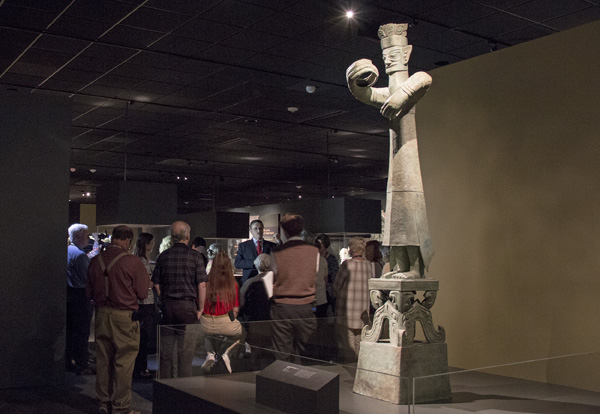 |
|
Dirk Tuerenhout, curator of anthropology at the Houston Museum of Natural Science, gives insight tour to a small group during Thursday's preview. In the forefront is the impressive 8 feet 5 inches standing figure excavated at Sanxingdui.[MAY ZHOU / CHINA DAILY] |
Who were they? Where did they come from? Where did they go?
A special exhibition — China's Lost Civilization: The Mystery of Sanxingdui — opens Friday at the Houston Museum of Natural Science, showcasing important treasures from what many scholars believe to be one of the greatest archaeological finds ever to be unearthed.
"This is the latest in a series of exhibitions from the discovery termed the 'ninth wonder of the world'," said Dirk Tuerenhout, curator of anthropology at the museum. "One of the objects on display is the largest known bronze human figure ever made. At 8-feet 5-inches it is even bigger than Yao Ming, imagine that!"
The first Sanxingdui artifacts were discovered by accident in the spring of 1929, when a farmer found pieces of worked jade while digging a ditch. Archaeological excavations did not begin in earnest until 1986, when two sacrificial pits were unearthed. This chance discovery has become one of the most important archaeological finds of the 20th century.
"This exhibit tells us that it's important to continue doing excavation and research," Tuerenhout said. "This discovery has forced scholars to rethink Chinese culture and history of the Bronze Age. Up until 1980s, people thought most activities happened in north and northeast China, and all of a sudden we discovered an unknown and sophisticated culture. Now we need to know more."
Tuerenhout explained that what makes it hard to reconstruct the Sanxingdui culture is the lack of writing to put everything into context.
"We have dates but it's based on carbon dating, not on the rule of kings or historical events," he explained. "We don't know the name of the people, why they seemed to have moved from one city to another. More archaeology is necessary to find written records to make sense of this."
However, a "library" does exist that may provide some answers, Tuerenhout said.
"They have found some human remains, more than 600 of them I believe," he said. "We could do DNA test and see how those people were related to other people at the same period of time, were they in contact with each other."
"Of course, a written record would be even better. I believe that what we have found is just the tip of an iceberg."
China's Lost Civilization: The Mystery of Sanxingdui has been organized by the Bowers Museum, Santa Ana, the Houston Museum of Natural Science and the Cultural Relics Bureau of Sichuan Province, Peoples Republic of China. Major funding provided China Southern Airlines. Local support provided by Kathrine G. McGovern/McGovern Foundation.
The exhibition of more than 100 artifacts will be on display until Sept 7. Behind-the-scenes tours and lectures will be held in May and June, according to David Kelly, public relations manager at the museum.
For tickets or more information on this special exhibition, visit www.hmns.org or call (713) 639-4629.
mayzhou@chinadailyusa.com
- Bird flu outbreaks reported in two Mexican states
- Failed developer shoots dead 3, injuries 2 at Milan courthouse
- People rescue beached dolphins in Japan
- Indonesian children's risky shortcut to get to school
- S.Korea, US to hold joint exercises
- Last batch of Chinese peacekeeping infantry arrives in S.Sudan
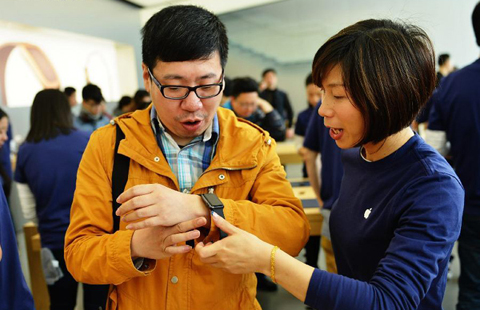
 Apple Watch makes debut in China's Hangzhou
Apple Watch makes debut in China's Hangzhou
 Chinese farmers plough their lands for spring
Chinese farmers plough their lands for spring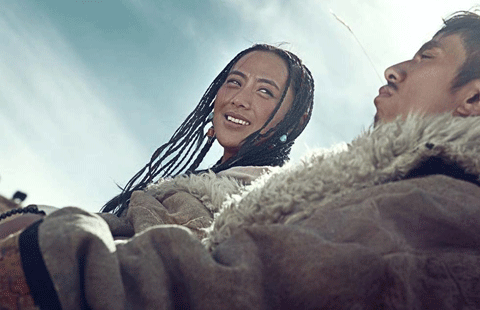
 Tibetans' viral wedding photos contrast city with country life
Tibetans' viral wedding photos contrast city with country life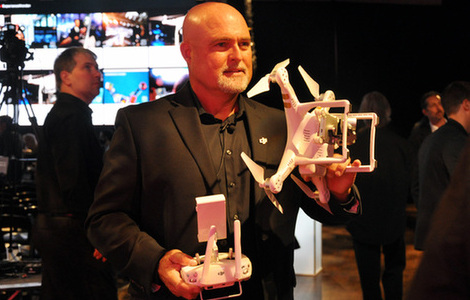
 Across America over the week (from April 3 to 9)
Across America over the week (from April 3 to 9)
 Battling the language barrier
Battling the language barrier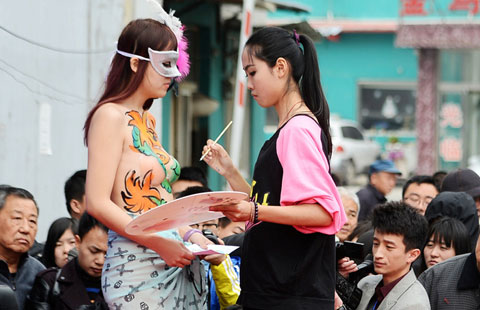
 Ten photos you don't wanna miss of today
Ten photos you don't wanna miss of today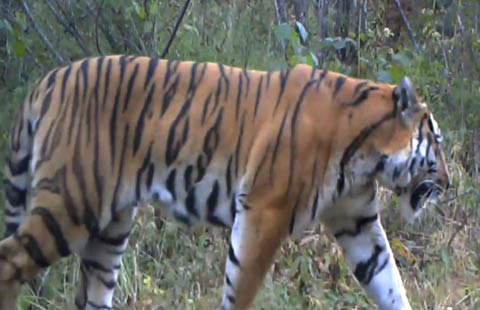
 Amur tigers come back from the brink
Amur tigers come back from the brink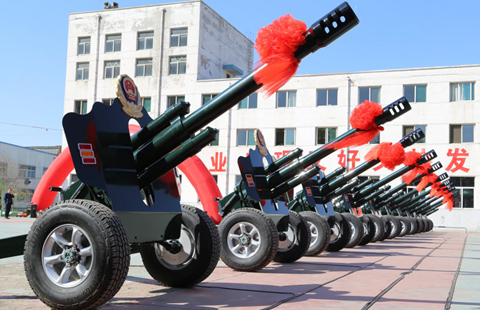
 Guns prepared to mark Anti-Fascist War anniversary
Guns prepared to mark Anti-Fascist War anniversary
Most Viewed
Editor's Picks

|

|

|

|

|

|
Today's Top News
Consulate general praises C-100 on 25th anniversary
Reform, innovation key to boost demand, growth: Li
CreditEase, US firm team up
Washington's trick of 'thief crying stop thief' on South China Sea
US, Cuba hold highest-level talks since 1961
Celebrating a relationship
Chinese police return favor for
ill US officer
Battling the language barrier
US Weekly

|

|






